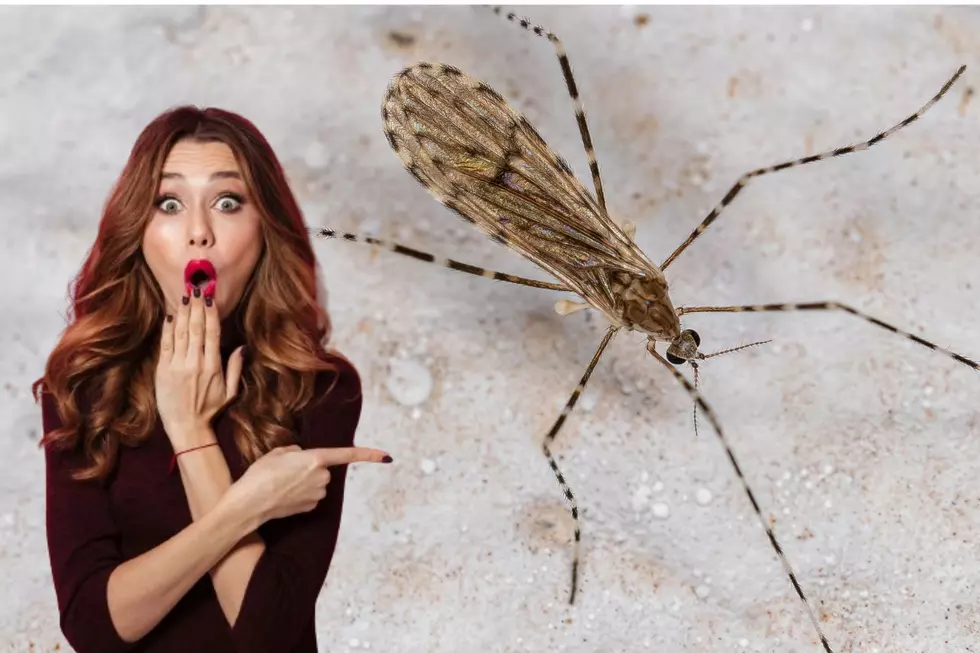
Just How “Clean” Is Tap Water in Iowa, Illinois, & Wisconsin?
The Environmental Protection Agency (EPA) is funding four research projects aimed at tackling a persistent challenge in ensuring safe drinking water. Specifically, the presence of toxic disinfection byproducts.
Drinking-water disinfection is essential. It saves people from dying of microbial diseases such as dysentery and cholera. However, these chemicals can form when utilities add disinfectants like chlorine, chloramine, or ozone to water to eliminate harmful microbes and they react with plant and animal waste in the drinking water supply. The problem lies in maintaining a delicate balance – too little disinfectant can allow pathogens to enter the water supply, while too much can result in the creation of harmful byproducts.
Disinfection byproducts have long been a concern, with nearly 295 million people in the US exposed to at least one type of byproduct exceeding health guidelines. While some are regulated, many remain uncontrolled, which is now prompting scientists to investigate the extent of the issue and how to prevent the byproducts from reaching drinking taps.

The EPA awarded $8.5 million to four research teams to study the optimal disinfection methods and mixtures, potentially tailoring recommendations based on regional factors and water sources. The four research teams include: Georgia Tech Research Corporation, Michigan State University, University of Minnesota, and University of Texas. Each institution received over $2 million to conduct their research projects. The focus is on "opportunistic" pathogens, which tend to affect older or immunocompromised individuals, with a specific emphasis on Legionella, a leading cause of waterborne illness.
Legionella poses a particular concern as it can lead to Legionnaires' disease, a severe lung infection that can be contracted through water droplets, such as those produced by showers and hot tubs. Cases of Legionella has been rising in the US, and researchers are working to understand the reasons behind this trend.
Contributing factors include an aging population, oversized pipes in communities with reduced water usage, and water source composition, especially when rich in organic matter. To address these challenges, water systems are exploring advanced treatment methods, such as using ozone in combination with other chemicals, tailored to regional conditions and water sources.
The ultimate goal is to improve water regulations, protect source waters, and ensure that water entering treatment plants is cleaner, reducing the need for extensive disinfection and minimizing harmful byproducts. By addressing these issues, the research aims to enhance the safety of drinking water and safeguard public health.
Other issues with disinfection byproducts include trihalomethanes, a cancer-causing contaminant that forms during water treatment with chlorine and other disinfectants. The total trihalomethanes group includes four chemicals: chloroform, bromodichloromethane, dibromochloromethane and bromoform. There are federal legal limits and health-based guidelines for disinfection byproducts, but they can still show up, sometimes in abundance, in tap water testing.
According to EWG's Tap Water index, trihalomethanes have been found in all 50 states that serve over 296 million people. Of those found, over 295 million people have been served water that is above health guidelines, and 585,000 of those have been served with water above even the legal limit set forth. Trihalomethanes have been known to cause bladder and skin cancer and have a detrimental effect to fetal growth and development.
How do Illinois, Iowa, and Wisconsin Water Treatment Centers Rank?
Follow these links for details on utilities that accumulated or accrued the most violation points, and any existing issues, as of April 2019 through March 2021 in these states:
It is important to note there are things you can do at home to help lessen and prevent ingesting or bathing in trihalomethanes. Filtering systems that use activated carbon or reverse osmosis have been found to reduce them and can often times be fitted to your in-home water system. Find more details and get your own safety drinking water sheet to reduce your exposures to common drinking water pollutants here.
KEEP READING: See 25 natural ways to boost your immune system
READ MORE: 10 free apps to help you get fit in our new normal
More From 104-5 KDAT


![The Highest-Rated Restaurants in Iowa City on Yelp [GALLERY]](http://townsquare.media/site/675/files/2022/11/attachment-ramen-1-e1714040536282.jpg?w=980&q=75)






